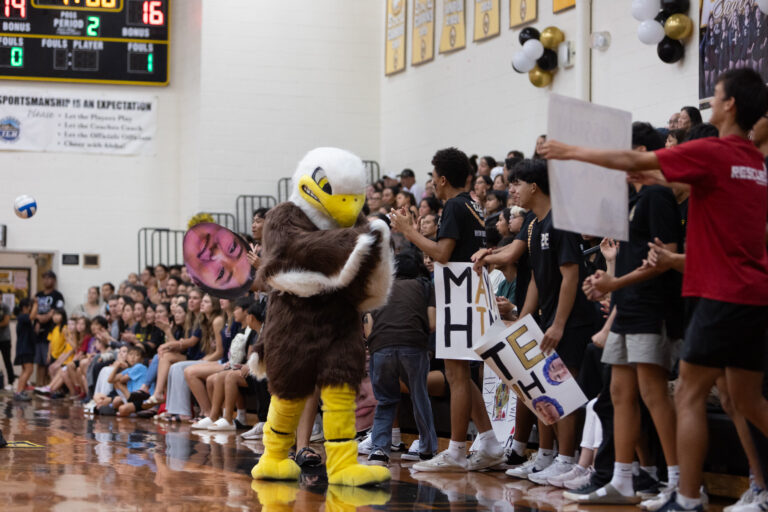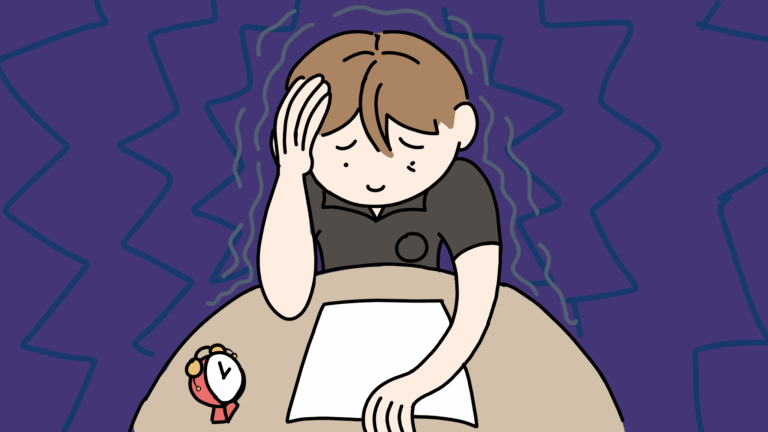On September 9, 2016, members of the HBA middle school’s National Junior Honor Society, also known as NJHS, spent the day at Lanikai Elementary School to learn about the school’s zero food waste program.
NJHS adviser Esther Quek stated, “The purpose of the field trip was to see how a zero food waste system works at a school and learn what part students play in the food collection system.”
At Lanikai Elementary, NJHS members went on a working tour of the campus, where the students learned about the different systems and methods Lanikai Elementary implements to produce as little waste as possible. The students began their visit at the “Big Blue,” Lanikai Elementary’s primary worm bin. For months, the worms in “Big Blue” are fed as needed. According to NJHS member Johnson Lin, “Every 6 or so months, the bin has fresh waste and old worms are placed to the other side of the bin. The by-product after all those months is a nutrient-rich fertilizer made of worm feces.”
Quek, who accompanied the students to Lanikai Elementary, was interested in the careful planning of the zero-waste program. She said, “The system of feeding and watering the worms causes them to move from one part of a bin to another so that harvesting of the worm castings becomes really easy. That is just so clever!”
Students also visited a hot compost pile, which, with the help of millipedes, cockroaches, and heat-loving bacteria, breaks down food waste into fine compost. The pile, students learned, reached temperatures up to 160 degrees Fahrenheit. Lanikai Elementary school also has designated bins for discarded milk, food, plastic, and bottles and cans. HBA eighth grader Jeremy Oyer said, “The bins help reduce the school’s waste and in result the school fills up less than one whole dumpster per week.”
Another component of Lanikai Elementary’s zero-waste program is their system of using worm bins to fertilize a mulberry tree. Various worm bins surround the tree and leak nutrients into the soil that help the mulberry tree grow healthy and produce fruit. “The worm bins were having problems with other insects laying eggs inside of them,” explained NJHS member Tani Yoshioka, “but the mulberry tree attracted birds which came to eat its fruit. Then those birds took care of the insect problem. Both things worked together which I thought was interesting.”
NJHS members also learned about the benefits of a zero-waste program. Lanikai Elementary’s program allows the school, which consists of three-hundred students, to produce only two gallons of waste per day. Yoshioka said, “The zero-waste program greatly reduces the amount of trash that gets thrown into the dumpster, therefore reducing our carbon footprint. Also, you can get high quality nutritious soil from the worm bins and the hot compost.”
Following the field trip, the NJHS is making plans to reduce waste at HBA’s middle school. The group will meet with the high school Environmental Club every month to discuss projects and is working on getting approval for projects from Principal George Honzaki. In addition to monthly meetings with the Environmental Club, Lin said, “We are planning to perhaps raise money to implement another worm bin.”
With new ideas from their recent field trip, the NJHS aims to convert the middle school into a zero-waste campus. According to HBA eighth grader Asja Deia, “The role of the NJHS is to make the school a better place and I highly encourage that we would try a zero-waste program as a new opportunity to make HBA better.”
Photographs courtesy of Esther Quek.





















